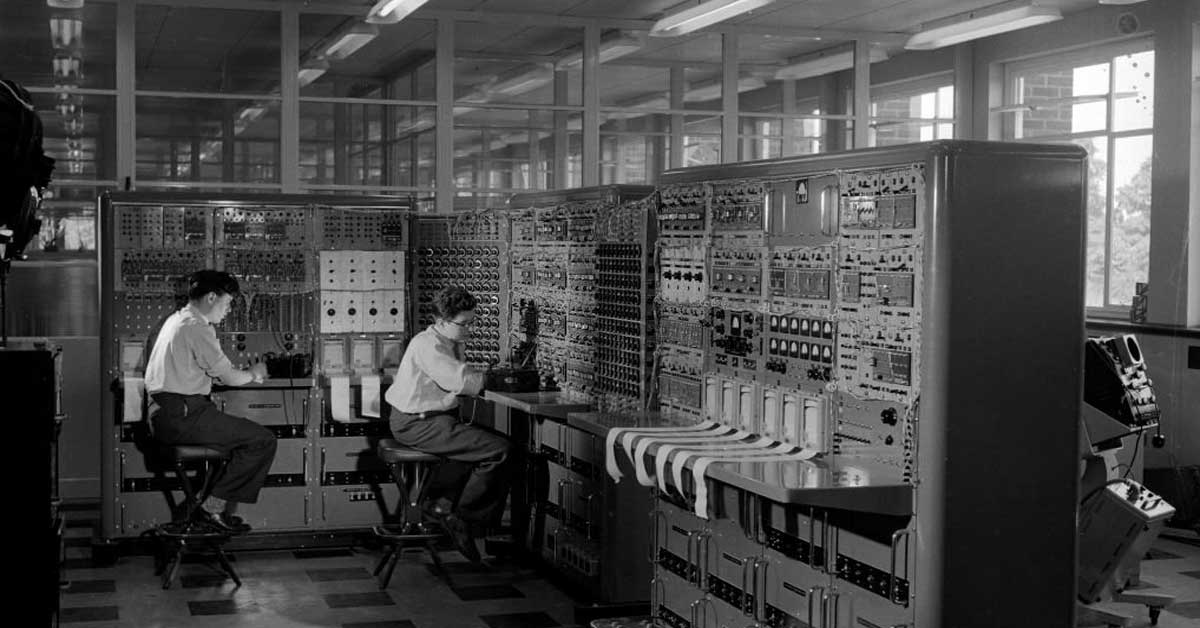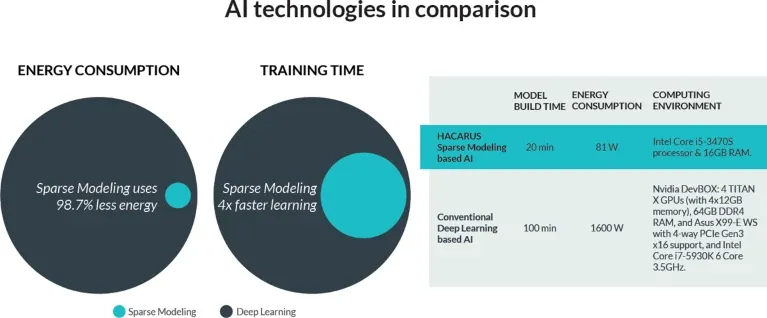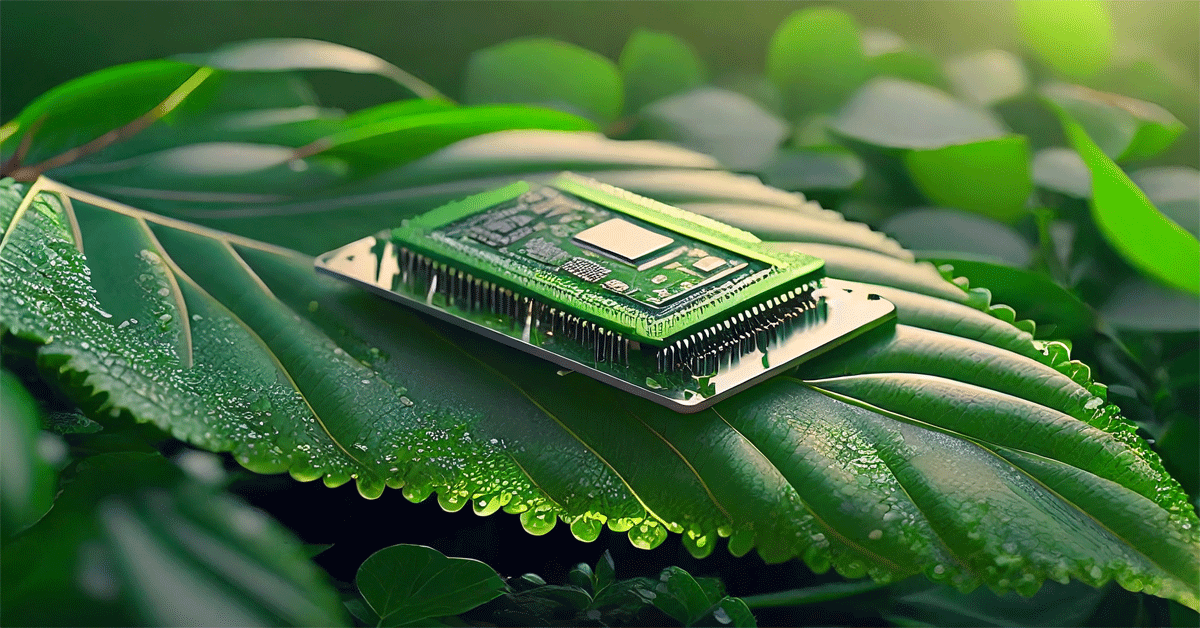When we talk about artificial intelligence, we say it is already changing our lives, and it's already helping us a lot with our without us knowing that. We know using these technologies has perks and drawbacks, as everything does, but did you ever think Sustainability AI and Climate change are related?
"Global climate change" is a word that we hear often in our day-to-day lives. But did you know the intelligence programs, LLMS, might be a part of this huge issue? And might be the solution at the same time.
So, when we talk about sustainability, some words come to mind, such as carbon footprint reduction, green energy, and renewable energy sources. Before we talk all about these topics and big words, I recommend you read this with an open mind.
This story is like a double-edged sword because AI might be helpful in sorting the climate issues at the same time. In a way, AI is causing some of these climate issues it selfs.

What is Sustainable AI?

Before we talk about anything else, let me explain what Sustainable AI is. That way, it will be much easier to go deep into this topic.
Sustainable AI uses artificial intelligence systems that operate by sustainable business practices. All these words and terms mean making sure our tech doesn't harm the planet.
To have Sustainable intelligence systems, we have to do a lot of things first. Work hand in hand with sustainable business practices, aligning technology with eco-friendly goals, etc.
The next problem is carbon footprints – emissions contributing to global warming. Well, AI systems are playing a role in this, too. We're talking about carbon emissions, air pollution tagging, and AI systems. Yes, as you predicted, the role intelligence systems play in this segment isn't that good.
To properly work these artificial intelligence systems need machine learning (ML) models, Like we need the brain to function. But this uses up a lot of energy, contributing to the carbon problem.

Ever heard of sparse modeling? It's actually HACARUS' Sparse Modeling. So, this is a cutting-edge technology that enables artificial intelligence to deliver fast and explainable results.
This methosd is very energy efficient and can bring AI to embedded low-power applications and can integrate with local devices. Pair that with low-power processors and efficient algorithms, and you've got a recipe for sustainability.
Before we go further, remember you must understand the difference between AI for sustainability and sustainable AI.
AI for sustainability:
Deals with using AI to achieve sustainable development goals.
Sustainable AI:
This is focused on the sustainability of AI technology. It involves a set of principles and strategies to reduce the carbon footprint and energy consumption associated with AI-related developments.
Uses of Sustainable AI

One of the main uses of sustainable AI is in precision agriculture. Artificial Intelligence (AI) takes the reins, driving precision in farming practices. We discussed how AI in agriculture works.
Beyond reactive measures, it is proactive in preparedness and strengthening infrastructure, specifically in scenarios like power suppliers.
If we talk more about this, climate and risk assessments are also topics that we must look at, with AI with Internet of Things (IoT) devices to shield crops and critical assets. The predictive power of AI is forecasting future emissions and air pollution, utilizing existing data and trends. Technology is a must in these areas.
It basically goes way beyond contributing to reforestation efforts in the Amazon, where AI systems analyze data from sensors, drones, and satellite imagery to monitor the evolving state of forests.

Using Machine learning (ML) algorithms, we could examine historical data to predict future deforestation situations. And get to know much more about these special incidents and their causes.
Mostly, this is called green AI; it signifies a collective effort to enhance the positive aspects and ensure that benefits rather than drawbacks mark the future of AI.
Sustainable AI and Power Consumption

Artificial intelligence (AI) is a power-hungry force. We're talking about the sheer power consumption that fuels AI's operations.
Now, why should we care? Because this power feast has consequences. The more power AI consumes, the more environmental threats it poses. We're not just talking about data crunching; we're talking about a potential ecological crunch.
The climate crisis knocking at our door isn't a distant threat. Not anymore.
So, how to solve this? It's a fight-fire-with-fire kinda situation, so with all its prowess, AI plays a role in either amplifying or easing this crisis.
Green energy and renewable energy sources are the only visible answers to this problem. This means Infrastructures like server farms are powered not by traditional sources but by the sun, wind, and other clean energies. It is a good time to think about energy-efficient deployment as well.
However, the data centers responsible for AI training presently contribute to approximately 2% of the total U.S. electricity consumption. Their energy usage per floor space surpasses that of a typical commercial office building by 10 to 50 times.
According to a recent study it suggests that for every straightforward 20-50 questions and answers, ChatGPT requires the equivalent of "drinking" a 500ml bottle of water, and GPT-4 exhibits an even higher thirst. Remember, for a greener future, energy efficiency matters.
AI's Impact on the Environment

We must talk about artificial intelligence (AI) and its not-so-innocent impact on our environment—sustainability challenges.
In global issues, AI throws its weight around, addressing heavyweight concerns like climate change, sustainable transportation, agriculture, and circular economy practices.
The energy consumption associated with AI is a red flag. We're not just talking about data centers humming in the background but about a significant contribution to greenhouse gas emissions.
And let's not forget the trail of electronic waste left behind by our digital genius. AI technologies, with all their glory, contribute to the ever-growing pile of e-waste. The data centers, cloud networks, edge devices, and the sheer computing power needed to run AI applications. And we should not forget the large language models (LLM). The bigger the model, the bigger the impact.
AI-related environmental concerns are rising. The culprit? An increased carbon footprint and more greenhouse gas emissions. Specific studies, like the MIT Technology Review report and ACL 2019 research, have highlighted the environmental implications of AI. Large-scale language models (LLM), like GPT, contribute to AI's environmental impact.
AI Harms the Environment?

AI, while transforming industries, comes at a cost that's more than computational—it's environmental. The demand for computing power and energy in AI processes has led to a substantial and concerning footprint on our planet. The recent MIT Technology Review report underlines the severity, revealing that training a single AI model emits more carbon than an average American car's lifetime emissions.
Take Google's AlphaGo Zero, an AI that played Go against itself. In just 40 days, it emitted 96 tons of carbon dioxide, equivalent to the annual carbon footprint of 23 American homes.
Large AI models, such as Facebook's Meena, add to this toll, with their carbon footprint equal to driving a passenger vehicle for over 242,000 miles. Cloud computing, an essential enabler of AI, is a significant contributor to greenhouse gas emissions, and a single data center's electricity use mirrors that of 50,000 homes.
The numbers escalate when considering large-scale language models, which emit up to 284,000 kg of CO2 per model—equivalent to the lifetime energy consumption of five cars. Shockingly, projections suggest a staggering 300% increase in AI-related carbon emissions by 2025, emphasizing the urgency of finding a balance.
Implementing Sustainable AI Practices: Challenges and Solutions
The journey toward sustainable AI isn't a walk in the park; it's more like a challenging trek. The AI life cycle is a continuous loop involving data storage, model training, and infrastructure deployment.
Sounds complex, right? That complexity brings challenges. We're talking about data storage woes, model training puzzles, and the intricacies of deploying infrastructure that won't harm the environment.
Data quality matters and it affects overall harmony. And let's not forget the balancing act with model size and efficiency. Using open-source frameworks, there still is a glimps of a sustainable AI future. They provide the scaffolding for developing energy-efficient infrastructure. It's like building with eco-friendly materials – a conscious choice for a greener outcome.
Policies and regulations should be there to monitor these sustainability issues. And it's not just a top-down game; individual efforts matter.
What about motivation? We need more than a pat on the back. Enter the need for rewards, like incentives for energy-efficient AI. It encourages the right behavior. Research support and reduction goals are backing this up, setting the stage for sustainable AI performance.
To almost all the problems to solve, awareness and education matters a lot. It's not just about the experts; it's about everyone understanding the environmental impact of AI. Education becomes our beacon, guiding us toward a future where AI and sustainability go hand in hand.
The game-changer here is the fusion of AI advancements with a keen eye on the environment. We're not just talking about tech for tech's sake; it's about a conscious effort to address our pressing environmental concerns.
Why should you care? Well, think about it – every bit of progress in AI comes with a responsibility tag. We're not just creating algorithms but shaping the world around us. It's not just about Sustainable AI; it's about implementing environmentally responsible AI practices.
The sustainability of AI is not just a concept; it's a crucial aspect that shapes the future of technology. The power of AI is immense, but so is its potential impact on the environment.
As we explore the role of AI in various sectors, from AI technologies and AI applications to the deployment of AI, it becomes clear that responsible practices are essential.
Sustainable AI practices involve developing and using AI without compromising the ability of future generations to meet their own needs. The entire lifecycle of AI, from AI development to AI training and deployment, must be considered to reduce the carbon footprint and drive sustainability.
The amounts of data that AI technologies rely on are vast, demanding energy and resources. Research, such as the study by PwC UK, highlights the pressing environmental challenges and the need for sustainable artificial intelligence.

It's not just about achieving sustainability; it's about creating a greener future where AI can be harnessed to support sustainable development without compromising the ability of future generations to meet their own needs. The ethics of artificial intelligence and the responsible management of the environment play a vital role in shaping the future of AI.













